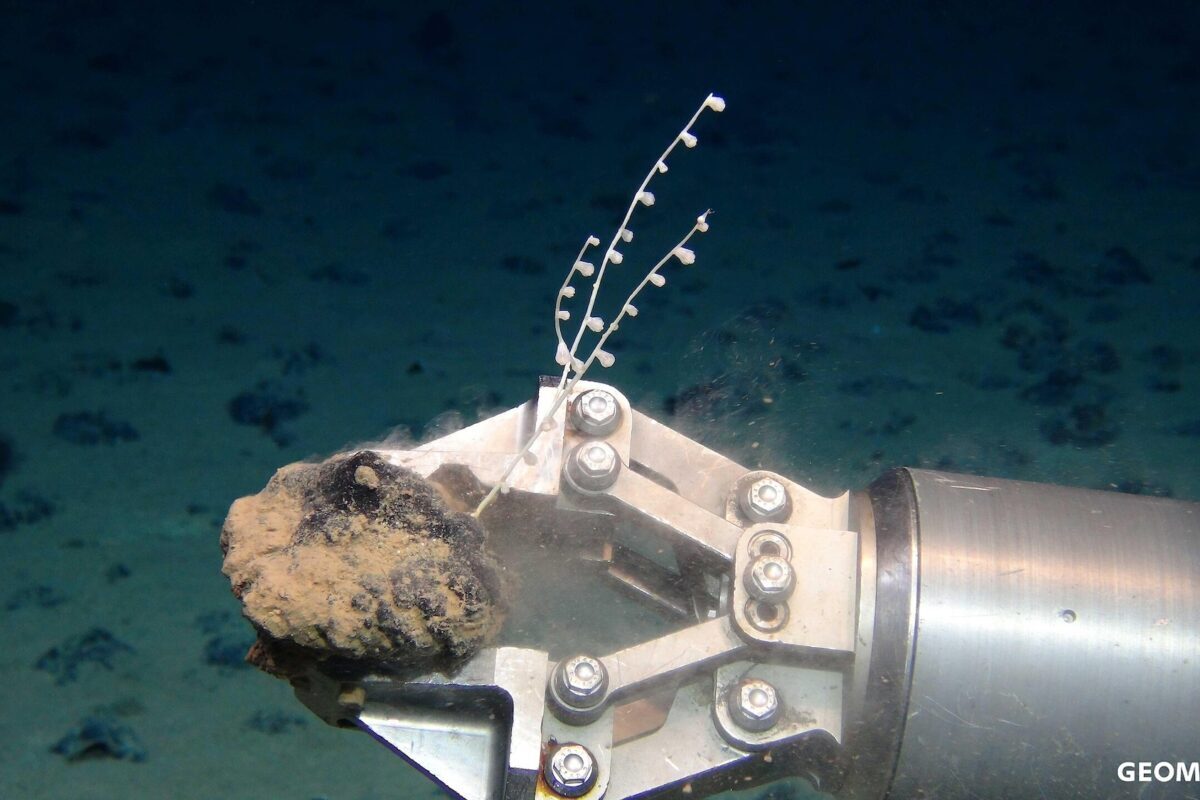On June 25, the United States Department of the Interior (DOI), a department within the federal government that manages the nation’s natural resources, announced plans to accelerate the initiation of deep-sea mining in U.S. waters, effectively enacting President Trump’s executive order that calls for fast-tracking the industry. As part of this effort to briskly move things along, the Bureau of Ocean Energy Management (BOEM), an agency within DOI, will be introducing various policy changes, such as expediting the permitting process, extending the duration of prospecting permits and reducing the timelines for environmental reviews. Critics have raised concerns over these developments, not only due to the controversial nature of deep-sea mining, but also because of the hurried pace at which BOEM is advancing these plans. While deep-sea mining has not yet started anywhere in the world, many experts warn that the industry could cause irreversible harm to marine ecosystems that are already under substantial stress from human-driven climate change and other environmental pressures. Industry proponents, however, argue that deep-sea mining is vital for securing reliable supplies of critical minerals needed for the green transition, energy security and defense. The majority of deep-sea mining interest has focused on polymetallic nodules — potato-sized rocks containing nickel, copper, cobalt and manganese — but mineral deposits can also be found on the cobalt-rich crusts of seamounts or ridges, or the sulfide deposits around hydrothermal vents. These unassuming brown blobs are polymetallic nodules (also called manganese nodules) and contain valuable metals. Image by Hannes Grobe via Wikimedia…This article was originally published on Mongabay
From Conservation news via this RSS feed


